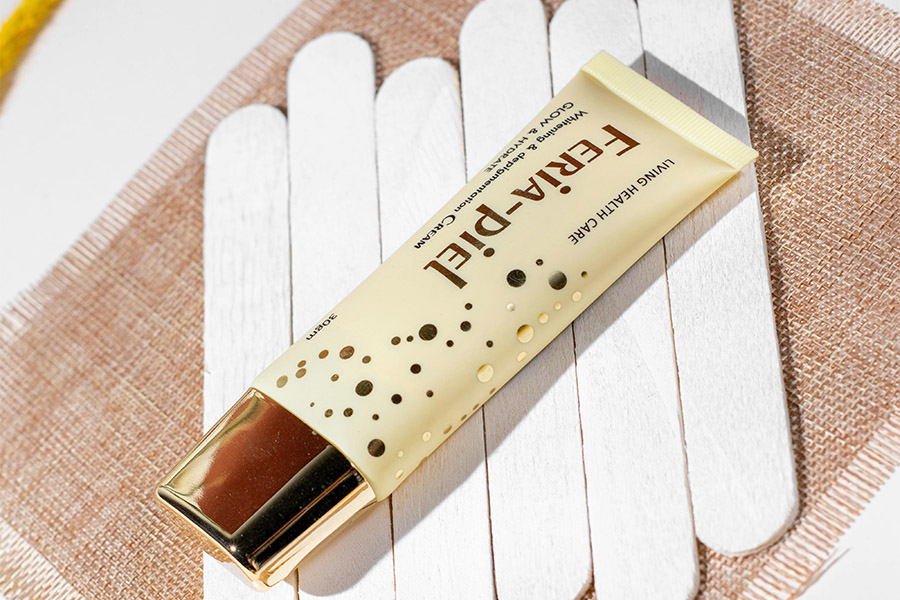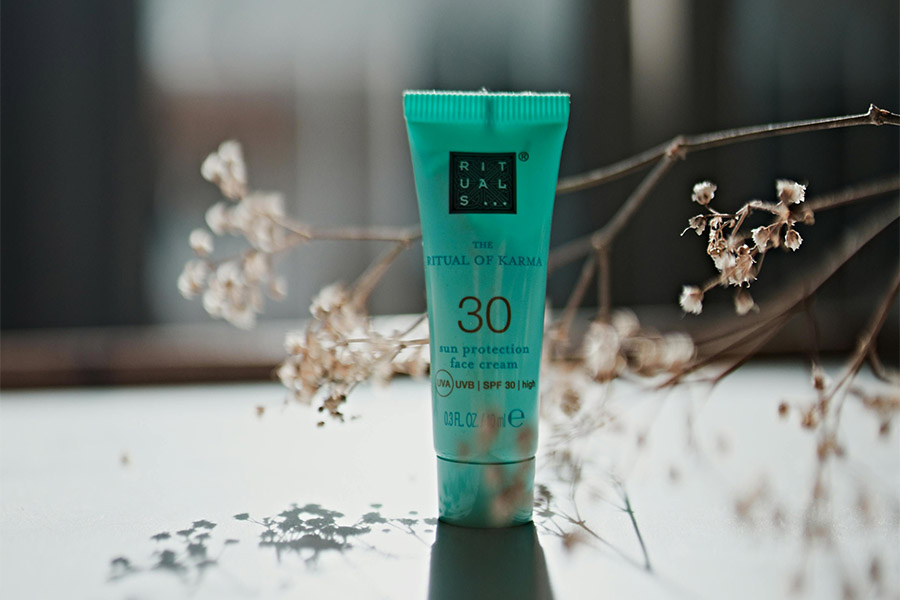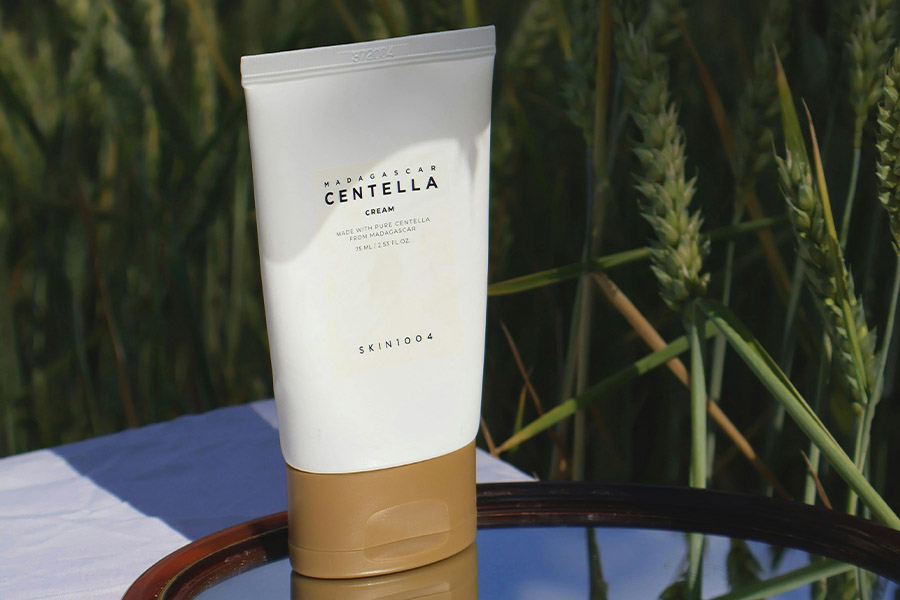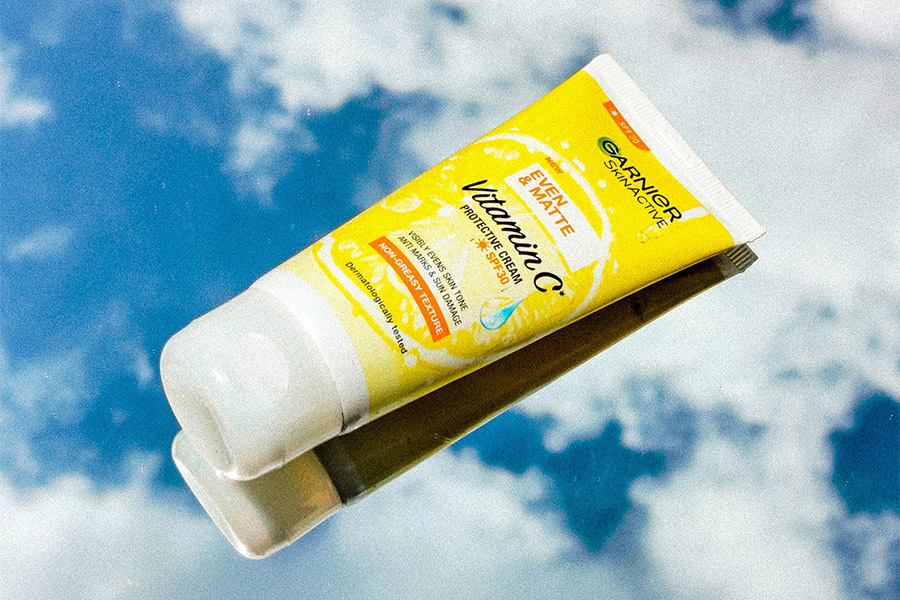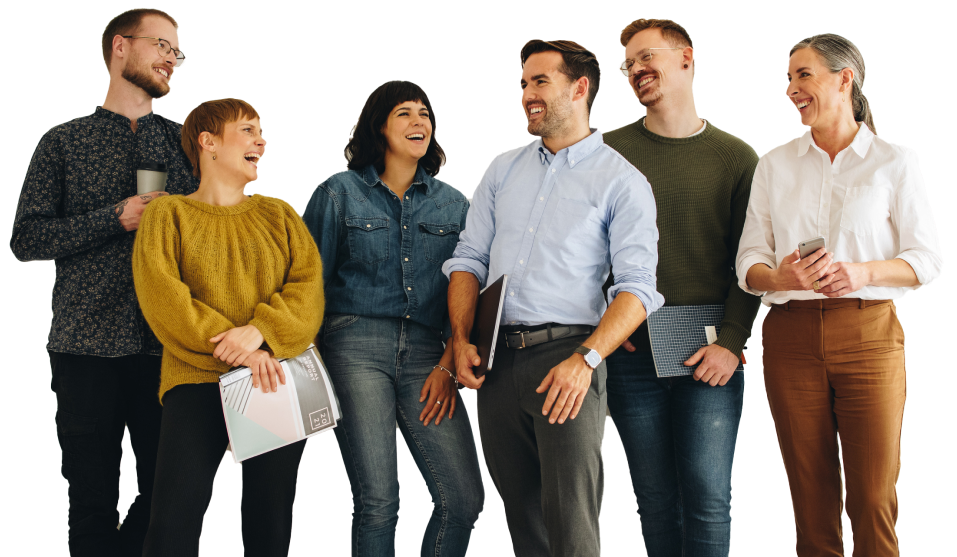Tubes are widely used across various industries worldwide due to their non-toxic, hygienic properties, vibrant surface colours, and affordable cost. These tubes are ideal for packaging cosmetics, pharmaceuticals, food, detergents, and other daily necessities.
Their economical and portable design makes them a popular choice among cosmetic companies for storing lotions, gels, and creams. In recent years, cosmetic tube packaging has gained even more traction thanks to the rapid development of the modern packaging industry and continuous advancements in plastic tube technology.
Cosmetic Tubes: A Versatile Packaging Solution For Australian Cosmetic Businesses
Tubes have become a popular packaging choice for cosmetics, medicines, and food due to their affordability and hygienic properties. The growth of skincare and bath products has further driven the demand for tube packaging. Unlike other packaging options, tubes offer numerous advantages, making them an essential part of the packaging industry. They provide protection against air, light, and moisture, ensuring the longevity and effectiveness of the contents. Tubes also enable easy dispensing, allowing for precise dosing and minimising waste.
Cosmetic companies are among the largest consumers of tube packaging, accounting for 60% to 70% of the market. Tubes are commonly used for cleansing creams, facial washes, conditioners, hair dyes, hair removal creams, toothpaste, and other personal care products.
As Australian consumers become increasingly environmentally conscious , there has been a rise in demand for sustainable tube packaging options. Fortunately, tubes can be made from eco-friendly materials such as sugarcane or recycled plastics. They are also lightweight, which helps reduce transportation-related emissions.
In conclusion, cosmetic tubes are an excellent packaging solution for a wide range of products. They offer affordability, hygiene, and versatility while also supporting sustainability. With the growing demand for eco-conscious packaging, tubes will continue to play a vital role in the Australian packaging industry.
Understanding the Classification of Cosmetic Tubes
Cosmetic tubes are classified based on their material into single-layer and multi-layer tubes. Single-layer tubes are further categorised into metal and plastic extruded tubes, while multi-layer tubes are classified as aluminium composite tubes, plastic composite tubes, and plastic co-extruded tubes.Extrusion molding is a common process for both single and multi-layer plastic tubes.
Single-layer plastic tubes are commonly used for products that do not require high barrier protection. These tubes are made of materials such as LDPE, HDPE, and PP, which are flexible, lightweight, and cost-effective.
In contrast, multi-layer tubes are preferred for products that require high barrier protection against oxygen, moisture, and UV light. These tubes are made of multiple layers of different materials such as aluminium, EVOH, and nylon, which provide superior protection to the contents.
Another way to classify cosmetic tubes is based on their processing. They can be divided into seamless and seamed tubes. The seamless tubes are formed through cold press, roll forming, and extrusion processes. On the other hand, seamed tubes involve additional processes such as high-frequency welding, ultrasonic welding, heat welding, and other forming methods.
Seamless tubes are preferred for their smooth appearance and uniform thickness. They are commonly used for high-end products that require an aesthetically pleasing appearance.
Seamed tubes are preferred for their strength and durability.One key advantage of sheet-formed seamed tubes is their high-quality printability—they can support full-colour designs.
To sum up, cosmetic tubes can be classified by material and processing method, each offering unique benefits depending on product requirements. Understanding these classifications helps cosmetic brands make informed packaging choices that align with their brand and product needs.
Not sure which cosmetic tube suits your product best?
From flexible single-layer options to high-barrier multi-layer designs, and seamless tubes for a premium look—we’ve got it all covered. At Primepac, we provide complete cosmetic packaging solutions for Australian brands, helping you make confident choices that elevate your product and stand out on shelves.
✅ Expert guidance
✅ Customised options
✅ Fast, reliable service
Get in touch with our team today!
1. Aluminium barrier laminated tube(ABL tube)
Aluminium barrier laminated tubes, also known as ABL tubes, are a type of tube packaging that uses an aluminium barrier layer to prevent moisture and oxygen from entering the product. They are made by co-extruding aluminium foil and plastic film.
Due to their excellent barrier properties, ABL tubes are commonly used for products that are sensitive to oxidation or moisture, such as cosmetics and pharmaceuticals. Their typical structure is PE/PE+EAA/AL/PE+EAA/PE.
The aluminium barrier layer in ABL tubes is generally made of aluminium foil and acts as a barrier against external factors that may compromise the product’s quality. The barrier’s effectiveness depends on the pinhole size of the aluminium foil layer.
Thanks to continuous advancements in technology, the thickness of the aluminium foil barrier layer has been significantly reduced from the traditional 40μm to as low as 12μm or even 9μm, leading to considerable resource savings.
In conclusion, aluminium barrier laminated tubes are an excellent choice for packaging products that require high barrier protection. They are cost-effective and offer reliable protection against oxidation and moisture, ensuring the product’s quality and shelf-life. With continuous technological improvements, ABL tubes will continue to be a popular packaging option for sensitive products in various industries.
Advantages of ABL tube
- Excellent barrier performance
Aluminium foil provides outstanding protection against light, oxygen, and moisture. This helps prevent the intrusion of external substances, reduces the risk of oxidation and product deterioration, and preserves the moisture, fragrance, and active ingredients of the cosmetics. As a result, ABL tubes effectively ensure product quality and extend shelf life. - Cost-effective
To achieve the same level of barrier performance, ABL tubes require less material compared to all-plastic laminated tubes or plastic co-extruded tubes. This makes them a more economical option without compromising on protective properties. - Lightweight
One of the key advantages of aluminium is its low weight. ABL tubes are significantly lighter than many alternative packaging materials, making them easier to transport and helping to reduce shipping costs. - Durable
Aluminium is known for its strength and durability. ABL tubes can withstand handling, shipping, and long-term storage without damage, making them ideal for products that require extended shelf life or global distribution. - Customisable
ABL tubes offer a high degree of customisation. They can be printed with logos, product details, or unique designs to enhance brand visibility and create a distinctive look that aligns with your brand identity.
2. All-plastic laminated tube (PBL tube)
The all-plastic laminate tube is made of all plastic components. It can be divided into all-plastic non-barrier laminated tubes and all-plastic barrier laminated tubes.
All-plastic non-barrier laminated tubes
These tubes are primarily used for products that do not require high barrier protection, such as certain creams, gels, and personal care products. They are lightweight, flexible, and cost-effective, making them suitable for high-volume, low-barrier applications. With good sealing and printability, they also offer a smooth surface for branding and decoration.
All-plastic barrier laminated tubes
These tubes incorporate barrier materials—such as EVOH (ethylene vinyl alcohol)—within the plastic laminate layers to enhance protection against oxygen, moisture, and chemical migration. As a result, they are ideal for packaging sensitive formulations like active cosmetics, oral care products, or pharmaceuticals. The use of plastic-based barrier layers ensures compatibility with existing plastic recycling streams in some markets, contributing to a more sustainable packaging approach.
Advantages of PBL tube
- Environmental friendliness
Compared to ABL tubes, PBL tubes are made from economical, fully recyclable all-plastic materials, which help reduce environmental pollution. After reprocessing, recycled PBL tubes can be used to produce relatively low-grade plastic products, supporting a more sustainable production cycle. - Rich colour options
To meet the diverse needs of cosmetic brands and consumer preferences, PBL tubes can be produced in a variety of colours and finishes—such as colourless transparent, coloured transparent, and coloured opaque. These variations enhance visual appeal and create a more engaging consumer experience.Transparent PBL tubes, in particular, allow the colour of the contents to be clearly seen, delivering a strong visual impact and significantly boosting consumers’ purchasing interest. - Excellent resilience
Compared to aluminium-plastic laminated tubes, PBL tubes offer superior resilience. After being squeezed, the tube quickly returns to its original shape, maintaining a smooth, aesthetically pleasing appearance. This property is especially important for cosmetic packaging, where presentation plays a key role in product appeal.
3.Plastic co-extrusion tube
Plastic co-extrusion tubes are produced using co-extrusion technology, where multiple types of raw materials are extruded together in a single process. This technique allows for the creation of tubes with varying properties in different layers, tailored to specific packaging needs.
Plastic co-extruded tubes are generally classified into single-layer extruded tubes and multi-layer co-extruded tubes.
Single-layer extruded tubes are primarily used for packaging fast-moving consumer cosmetics—such as hand creams—where high visual appeal is important, but performance requirements (such as barrier properties) are relatively low.
Multi-layer co-extruded tubes, on the other hand, are designed for high-end cosmetics. These tubes offer enhanced barrier protection and better structural integrity, making them suitable for products that require longer shelf life and higher packaging performance.
Advantages of plastic co-extruded tube
- Superior appearance
Plastic co-extruded tubes do not have a side seam, resulting in a smoother, more uniform surface compared to laminated tubes. This seamless appearance enhances visual appeal and makes them especially suitable for high-end cosmetic packaging where aesthetics play a crucial role. - Variety of shapes
Thanks to the flexibility of the extrusion process, co-extruded tubes can be manufactured in various shapes—such as oval, round, or square—to cater to different product styles and consumer preferences. This versatility allows brands to create distinctive packaging that aligns with their identity and market positioning.
Also read: Aluminium Tube Vs Plastic Tube Vs Laminated Tube – What You Need to Know
The Development Trend of the Composite Tubes
1.Thinner aluminium foil for enhanced efficiency
Composite tube sheets are typically composed of layers such as white polyethylene, acid copolymer, aluminium foil, and transparent polyethylene. Traditionally, these sheets used relatively thick aluminium foil—commonly 40μm or 30μm—to serve as a barrier layer.
However, with advancements in material technology and production processes, the thickness of aluminium foil has significantly decreased. The proportion of aluminium in the overall sheet has dropped from 29.44% in 1980 to just 12.21% today. In modern composite sheets, aluminium foils as thin as 12μm are now commonly used. Thinner foils bring the barrier layer closer to the product, enhancing protection while reducing material usage and production costs.
2.Increasing transparency for visual appeal
As consumer demand grows for visually appealing skincare and gel-based products, transparent laminated tubes have become increasingly popular. These tubes allow the vibrant colours and smooth textures of creams and gels to be clearly seen, creating a strong visual impact and enhancing the product’s shelf appeal.
Transparent tube packaging adds aesthetic value, making the product more attractive to customers. However, clear tubes also expose contents to UV radiation, which can cause degradation over time. In response, manufacturers have developed UV-blocking formulations that effectively protect sensitive ingredients from light damage, allowing brands to maintain both product integrity and visual presentation.
3. Emphasis on eco-friendliness
In response to growing environmental concerns, the composite tube industry is increasingly focusing on sustainability throughout the product life cycle—from raw material use to end-of-life disposal.
One major development is the reduction in aluminium foil thickness used in barrier layers. Traditionally, composite tubes contained aluminium foil as thick as 40μm, but advancements in technology have enabled manufacturers to reduce this to as thin as 12μm, significantly conserving resources without compromising performance.
However, environmental friendliness extends beyond waste disposal. It also includes reducing environmental pollution and resource consumption during production. This broader approach encourages innovations in material use and manufacturing processes.
For example, the adoption of high-barrier alternatives like EVOH (ethylene vinyl alcohol copolymer) allows manufacturers to fully replace aluminium foil in composite tubes. This not only enhances recyclability but also supports biodegradability in certain applications—moving the industry closer to fully sustainable packaging solutions.
Related article:Eco-friendly packaging for cosmetics – packaging in our life
4.The rise of visual impact
Basic, streamlined, simple—these were once the go-to words to describe cosmetic tube packaging. But in today’s dynamic Australian market, those terms are quickly becoming outdated. The packaging industry is experiencing a significant shift, with brands and manufacturers moving towards vibrant, visually engaging designs that reflect both innovation and consumer demand.
As local experts note, “The industry is clearly moving away from minimalistic, plain packaging.” What was once a sea of simple white tubes on shelves has transformed into a colourful landscape of eye-catching cosmetic packaging. Retailers like Woolworths, Chemist Warehouse, and Priceline have played a role in encouraging this change, with their shelves now lined with bold, colourful tubes designed to grab attention.
Australian consumers, like many globally, are becoming increasingly design-conscious. They seek out products that don’t just perform well—but also look and feel premium. In a competitive retail environment, brands must work harder than ever to stand out among hundreds of similar products. Packaging that appears modern, intuitive, safe, and high-tech is far more likely to draw attention and convert sales.
Recognising this shift, many Australian and international cosmetic brands are investing in more sophisticated tube packaging. This includes features like full-colour printing, custom textures, and soft-touch finishes. The demand for packaging with a premium feel, creative visuals, and the ability to display brand imagery directly on the composite tube continues to grow.
Recent trends show that the metallic look is particularly popular among Australian brands aiming to communicate luxury and quality. At the same time, finishes like pearl and rainbow effects—achieved by infusing pigments into the tube material—are gaining momentum, offering more visual depth and brand differentiation.
5.Low cost
In the ongoing effort to reduce packaging expenses, cosmetic companies are encouraging tube manufacturers to lower the production costs of composite tubes. To meet this demand, manufacturers are exploring various strategies, such as using thinner aluminium foil and developing more compact interlayer structures.
Over time, the thickness of aluminium foil used in composite tubes has been significantly reduced—from the traditional 40μm to a current range of 20μm to 30μm, and in some cases, as thin as 12μm. However, reducing foil thickness is not simply a matter of subtraction. It requires process innovation, equipment upgrades, and the incorporation of alternative materials to ensure the tube’s barrier properties and structural integrity remain intact.
Each advancement in reducing material usage is the result of continuous technical refinement and material improvement, striking a careful balance between cost-efficiency and product performance.
6.Less loss in the production process
To minimise material loss during the production of aluminium-plastic composite tubes, manufacturers are adopting advanced techniques such as wider gravure printing processes and double or multi-head co-extrusion technology. These process improvements not only increase production speed but also enhance overall efficiency, leading to reduced waste, lower costs, and more consistent output.
The Production Process of the Cosmetic Tubes
Cosmetic tubes are essential in the packaging of skincare and beauty products, offering convenience, hygiene, and visual appeal. Their production involves several precise and interrelated stages, each designed to ensure quality, functionality, and customisation. Below is an overview of the four key steps in the production process:
1. Extrusion – forming the tube body
The manufacturing process begins with extrusion, where raw plastic materials such as resins, pellets, granules, powder, or flakes are fed into an extruder along with colour concentrates if required. Inside the barrel, the materials are heated and melted into a homogeneous mixture.
Precise temperature control is crucial—too much heat can distort the material, while too little can lead to globbing or clogging. Once melted, the plastic is extruded into continuous tubular forms, which can be customised in colour, diameter, and shape to meet specific branding or product requirements.
2. Cutting – achieving the desired tube length
After extrusion, the long plastic tubes are cooled and passed through a water-cooled sleeve, preparing them for the cutting phase. In this stage, tubes are cut into precise lengths depending on the final product’s specifications (e.g. hand cream, lip balm, or eye serum tubes).
Cutting may also involve colour dyeing to achieve the desired appearance. The accuracy of this step is vital for product uniformity and assembly compatibility.
3. Heading – strength, efficiency, and design flexibility
The heading process is a critical step in cosmetic tube manufacturing, where the tube body is fused with the tube head (or shoulder)—the part that connects to the cap or dispenser. This stage defines the final shape of the tube and plays a key role in its strength, functionality, and overall appearance.
There are two main types of heading processes:
Compression Moulding (Compression Heading)
Injection Moulding
In compression heading, a preheated plastic disc is placed into a mould cavity and then compressed under heat and pressure to form the tube head. This head is simultaneously bonded to the tube body, creating a strong, seamless connection. This method is popular due to its ability to produce high-quality, uniform, and visually appealing tube heads.
Alternatively, injection moulding involves injecting molten plastic into a mould to create the tube head separately, which is later attached to the body. This method is suitable for more complex or custom head shapes.
The compression heading process is widely used in cosmetic tube manufacturing due to its advantages over traditional methods.
Superior Strength and Durability: Compression heading creates a stronger, more resilient tube head that resists damage during transport and use.
Design Flexibility: It allows for the creation of custom shapes and unique designs that enhance shelf appeal and brand recognition.
Efficient Production: This method is highly efficient and suitable for mass production, lowering costs and increasing output.
In summary, compression heading is a preferred process that improves structural integrity, supports creative design, and boosts manufacturing efficiency.
4. Printing – enhancing visual appeal and branding
Once the tube body and head are complete, printing brings the packaging to life. Manufacturers can choose from screen printing, offset printing, or gravure printing, depending on the design complexity, volume, and budget.
Screen Printing
The most commonly used method for cosmetic tubes, screen printing is cost-effective and fast—ideal for small to medium production runs. It allows for direct printing onto the tube’s surface at speeds of up to 150m/min. Post-printing finishes like hot stamping and die cutting can further enhance visual appeal.
Essential Equipment for Screen Printing:
Anilox Roll:Transfers ink to the plate
Doctor Blade / Chamber Doctor Blade: Controls and cleans ink application
Ink Pump: Delivers ink consistently
Printing Cylinder: Transfers the design to the tube surface
Die-Cutting Plate: Shapes or trims the tube after printing
Proper integration of these systems ensures high-quality, consistent printing results that align with brand aesthetics and market demands.
Top Cosmetic Tube Suppliers
1.Primepac – Your Trusted Cosmetic Tube Partner
Primepac is your go-to partner for innovative packaging solutions. We leverage the expertise of our design and brand innovators to deliver customised packaging and streamlined processes that are both creative and efficient.
Our team of seasoned professionals is equipped with the in-house knowledge and global network necessary to cater to a diverse clientele. From our dedicated sales team and warehouse staff in Australia to the production experts in our Chinese facilities, every employee at Primepac is guided by our four core values: integrity, innovation, passion, and engagement.
With a commitment to excellence and customer satisfaction, we take pride in offering packaging solutions that cater to every need. Experience the Primepac difference, and let us help take your brand to new heights.
Weltrade Packaging Solutions is known for their customer-centric approach and strong commitment to sustainability. They offer high-quality cosmetic packaging while prioritising environmental responsibility and community values.
Auber has been producing cosmetic tubes since 2004 and is known for its strict ISO 9001-certified quality control. Their products serve industries from cosmetics to pharmaceuticals and are globally recognised for durability.
With over 15 years of experience, Mpack offers sustainable packaging solutions, including sugarcane and PCR-based tubes. Their eco-conscious approach supports the cosmetics, food, and household chemicals industries.
5.Tubopress
Tubopress is a European-based manufacturer offering flexible, high-quality tube packaging solutions for cosmetics and pharmaceuticals. They are known for their fast turnaround, customised designs, and reliable supply chain.

